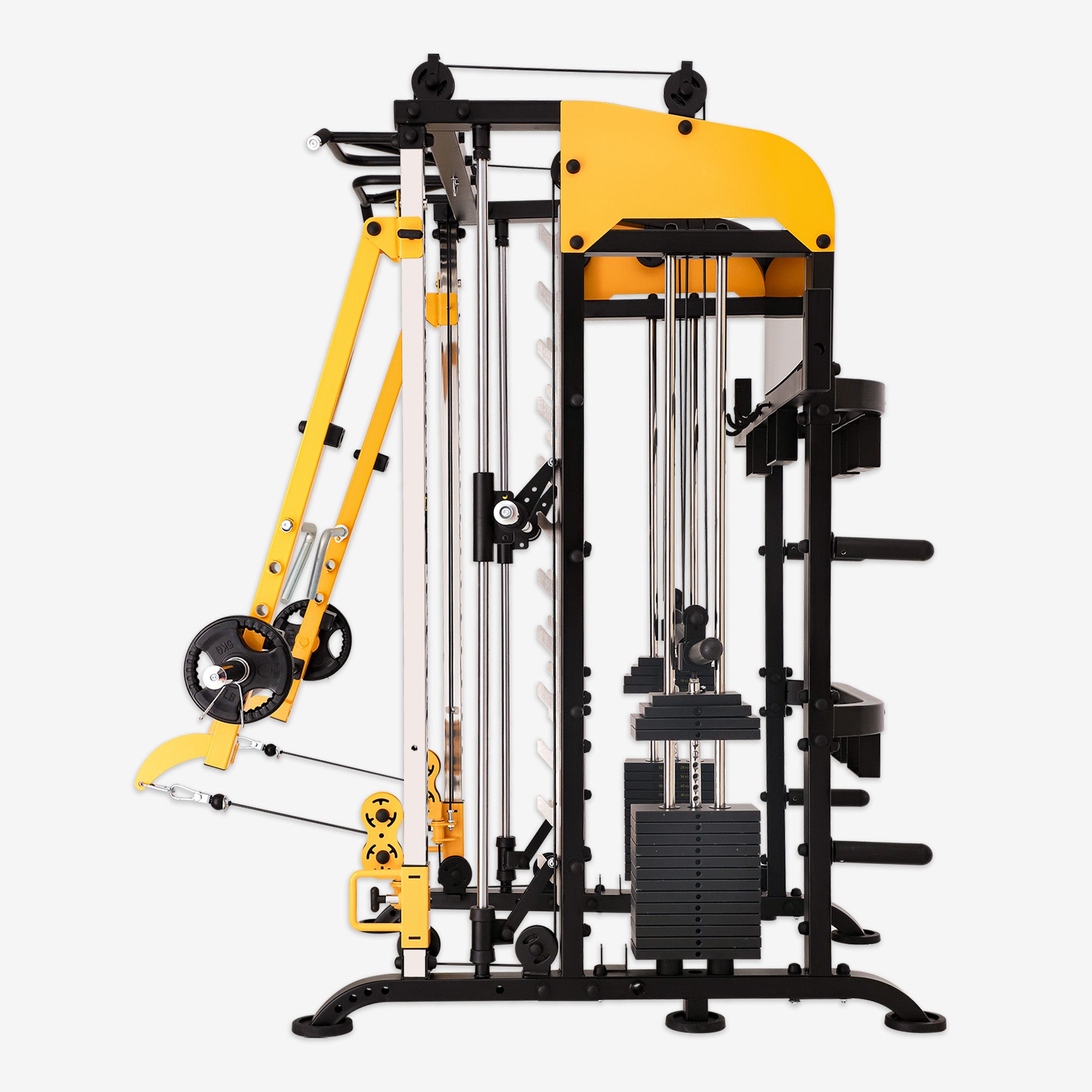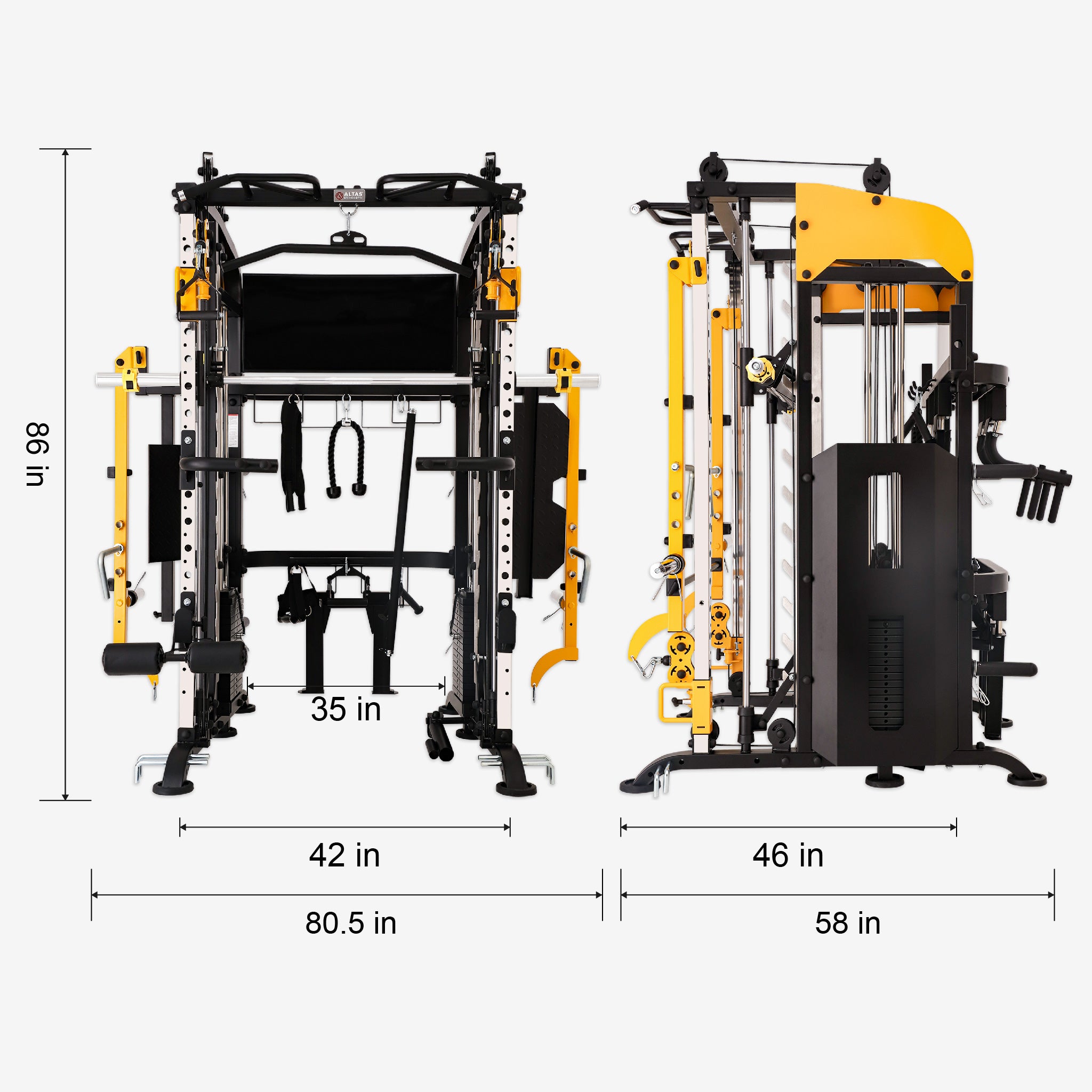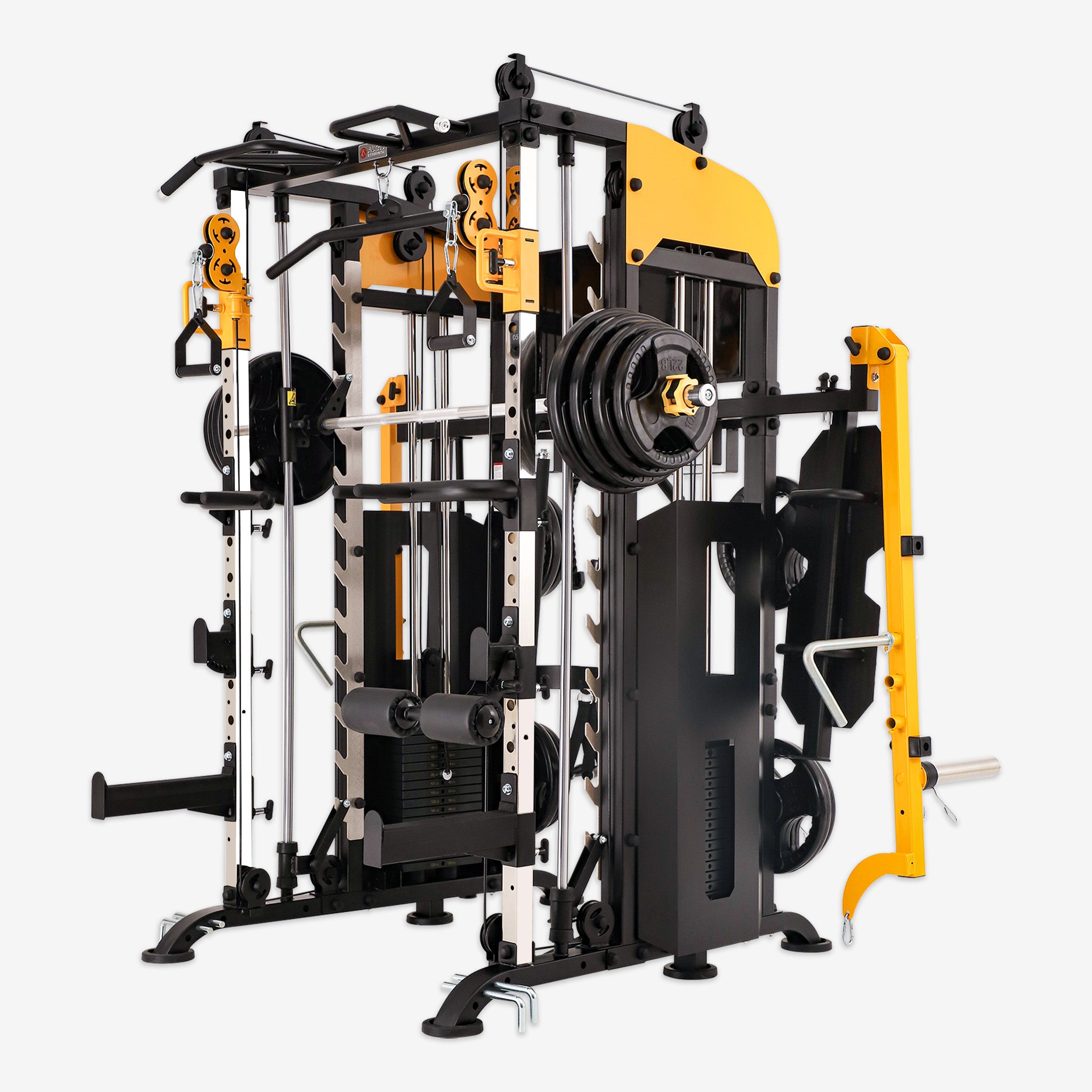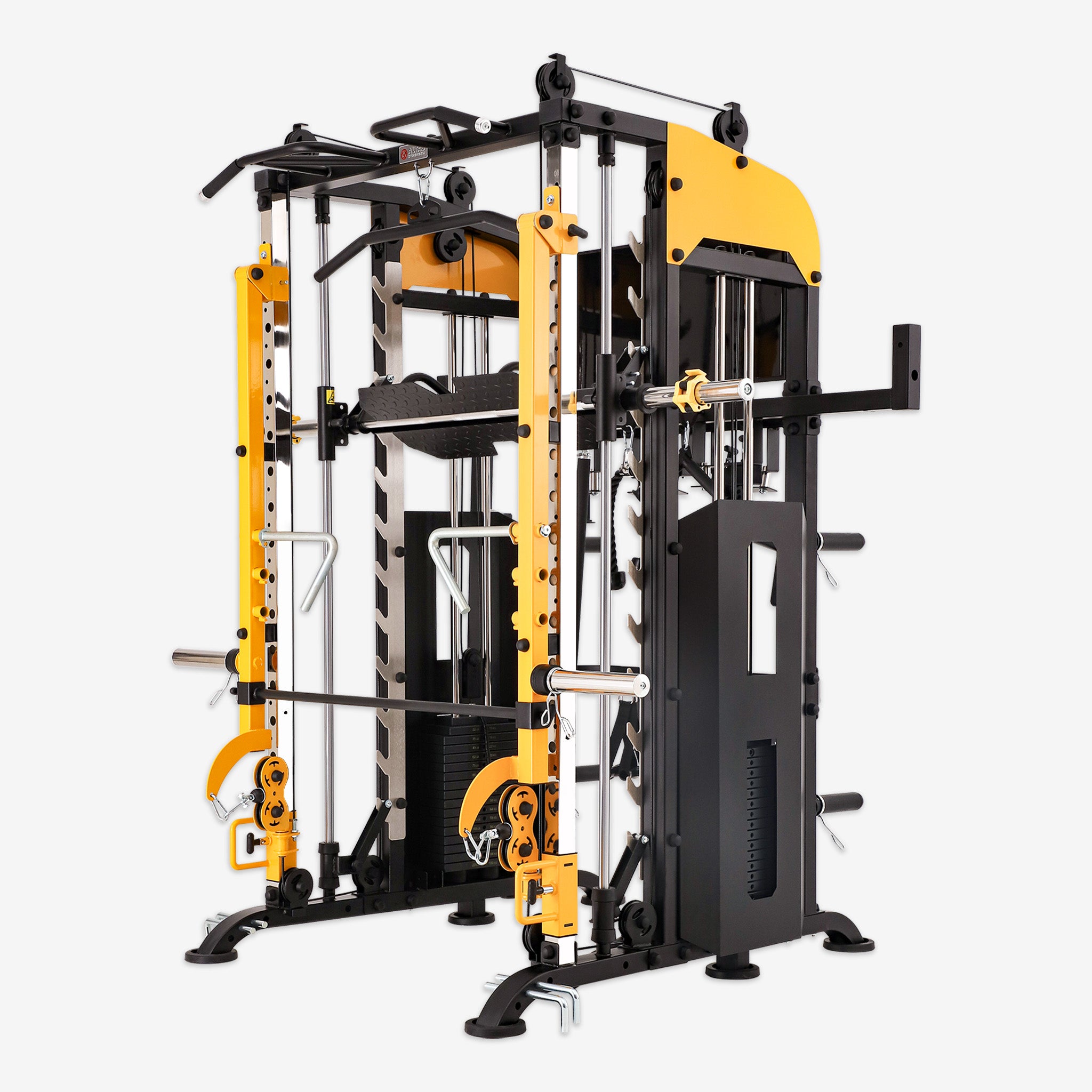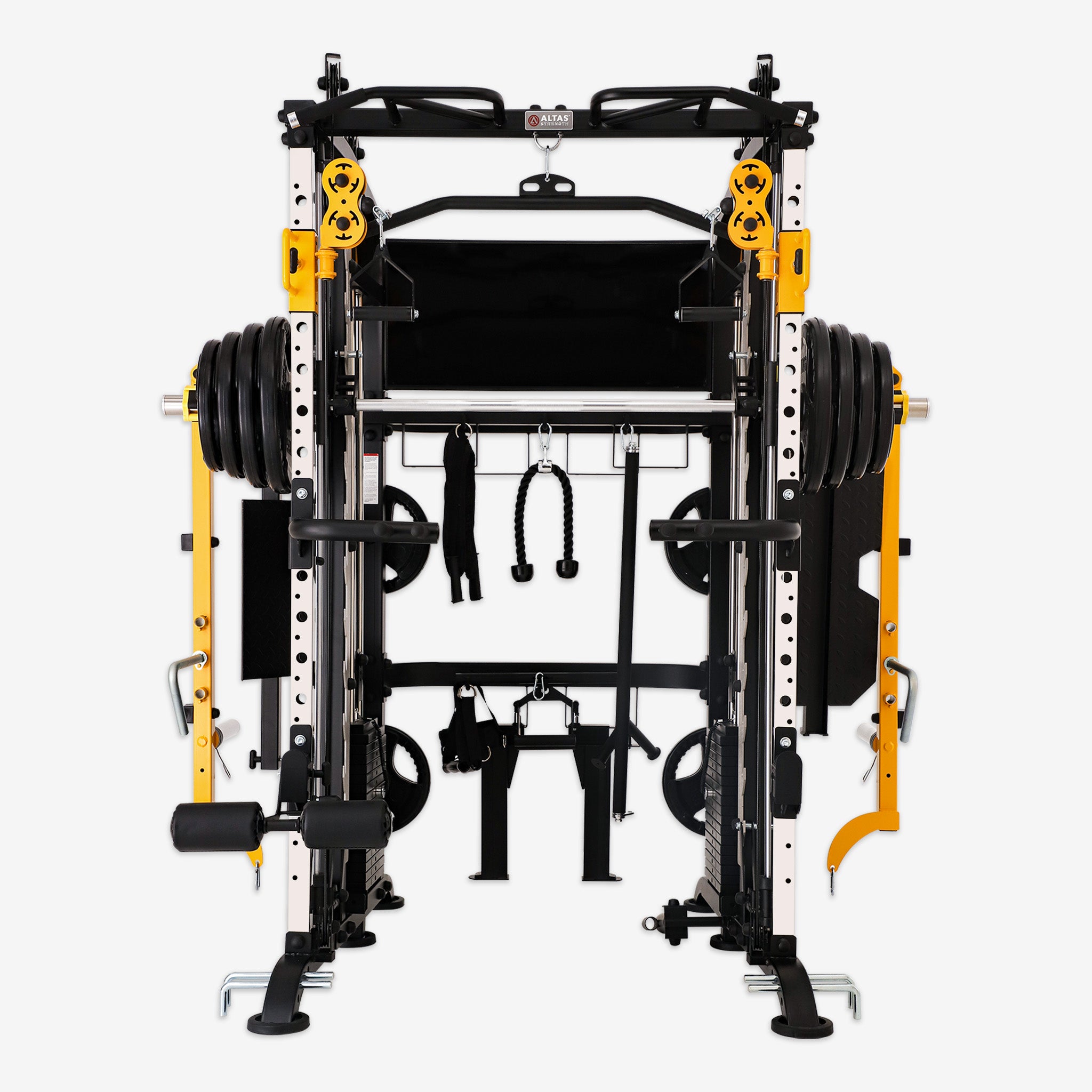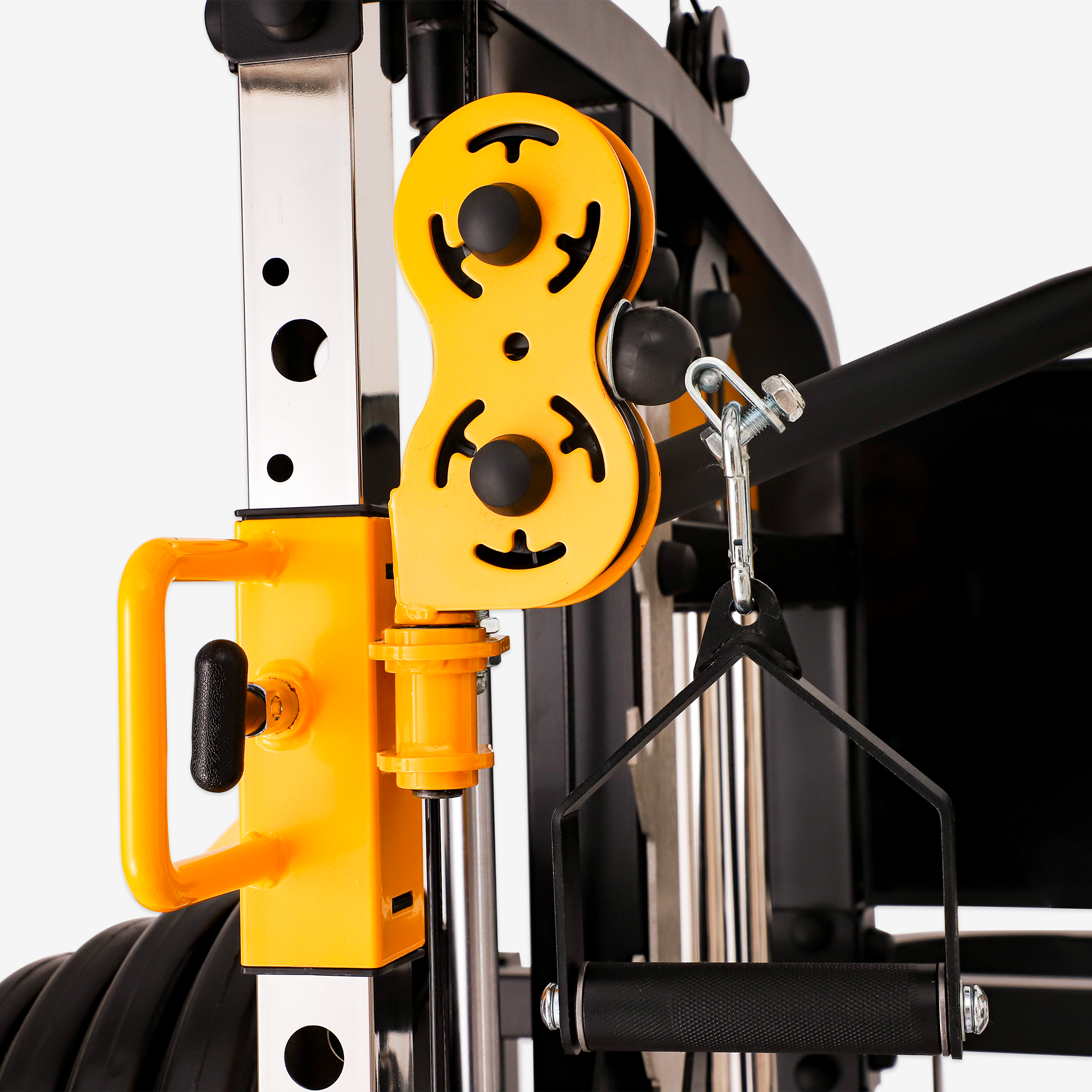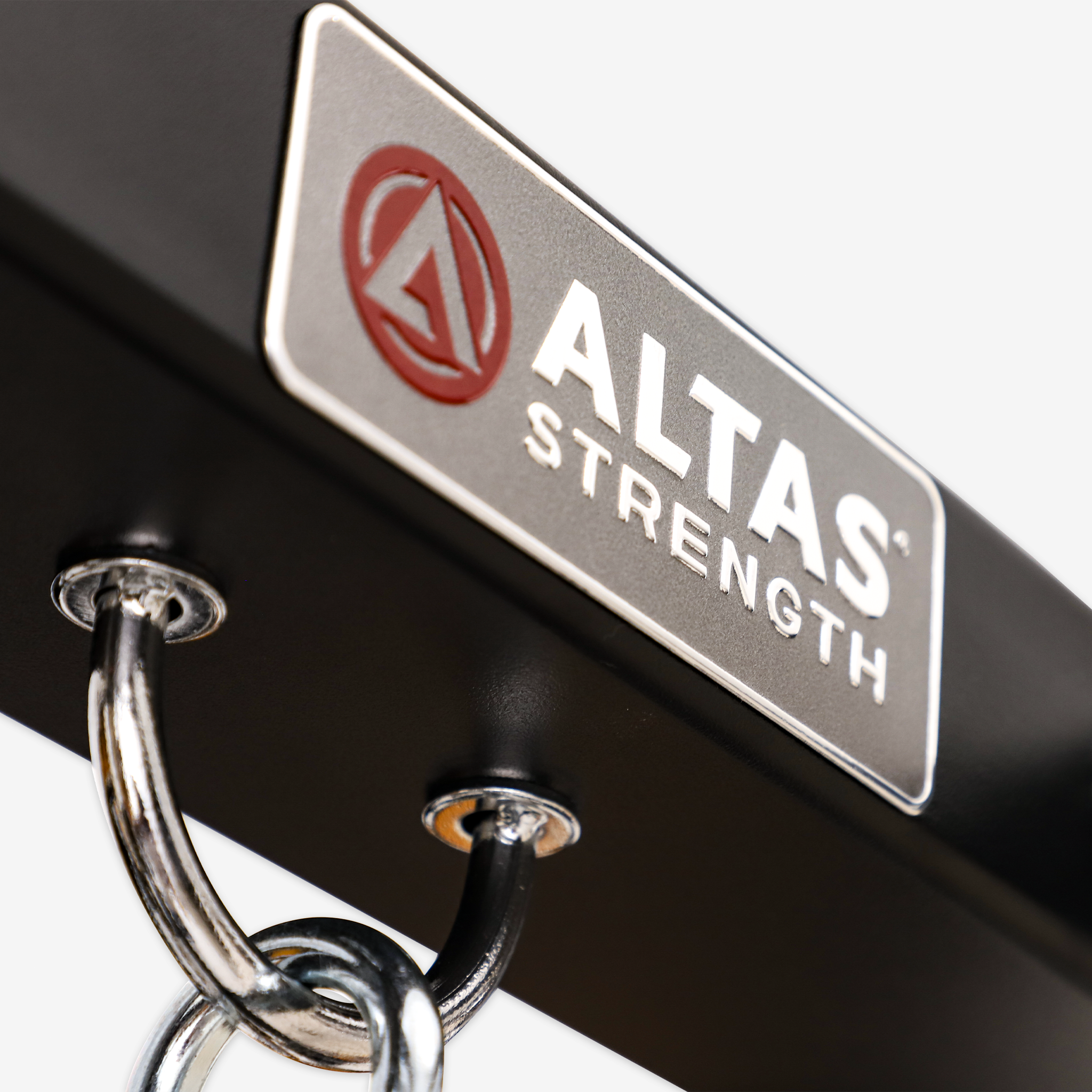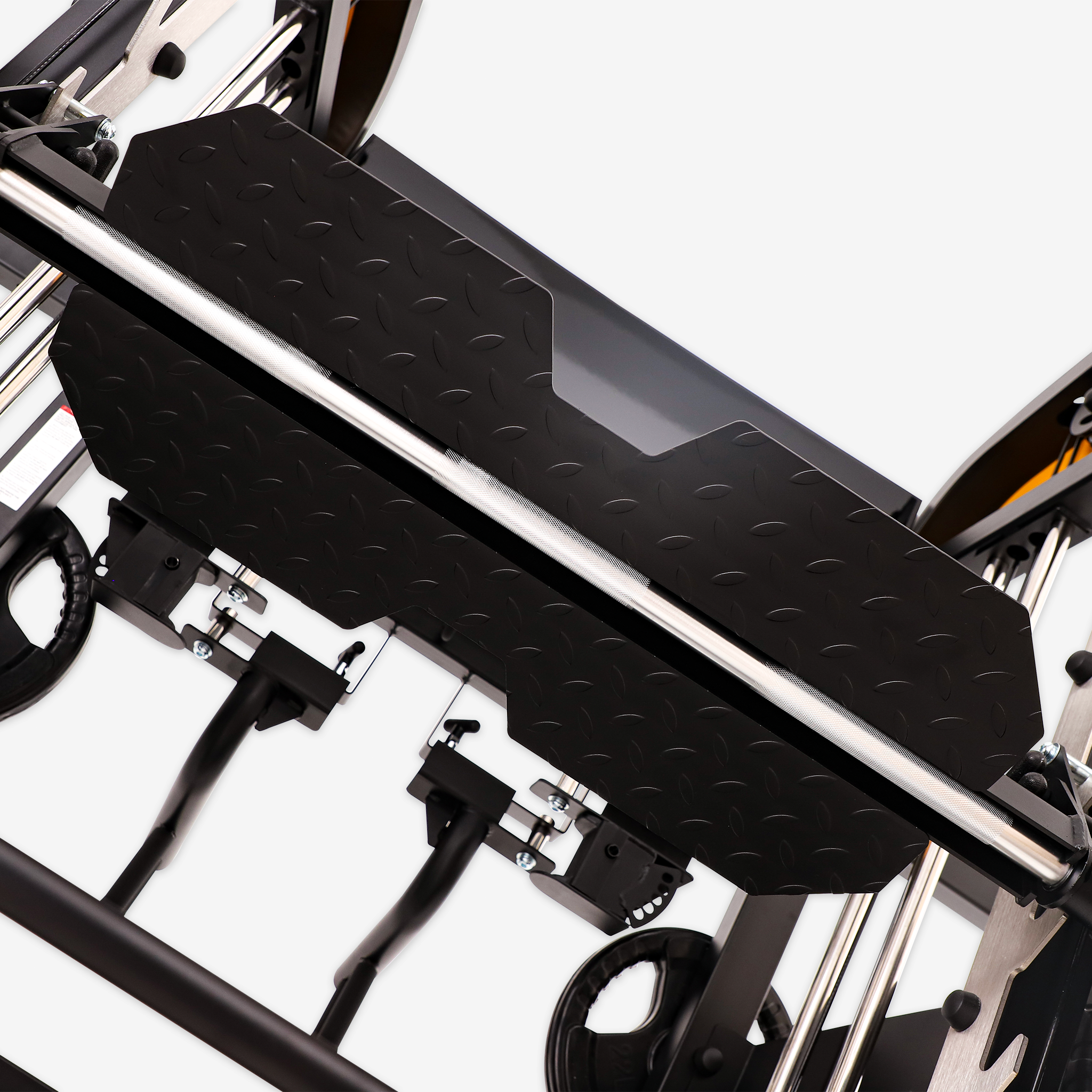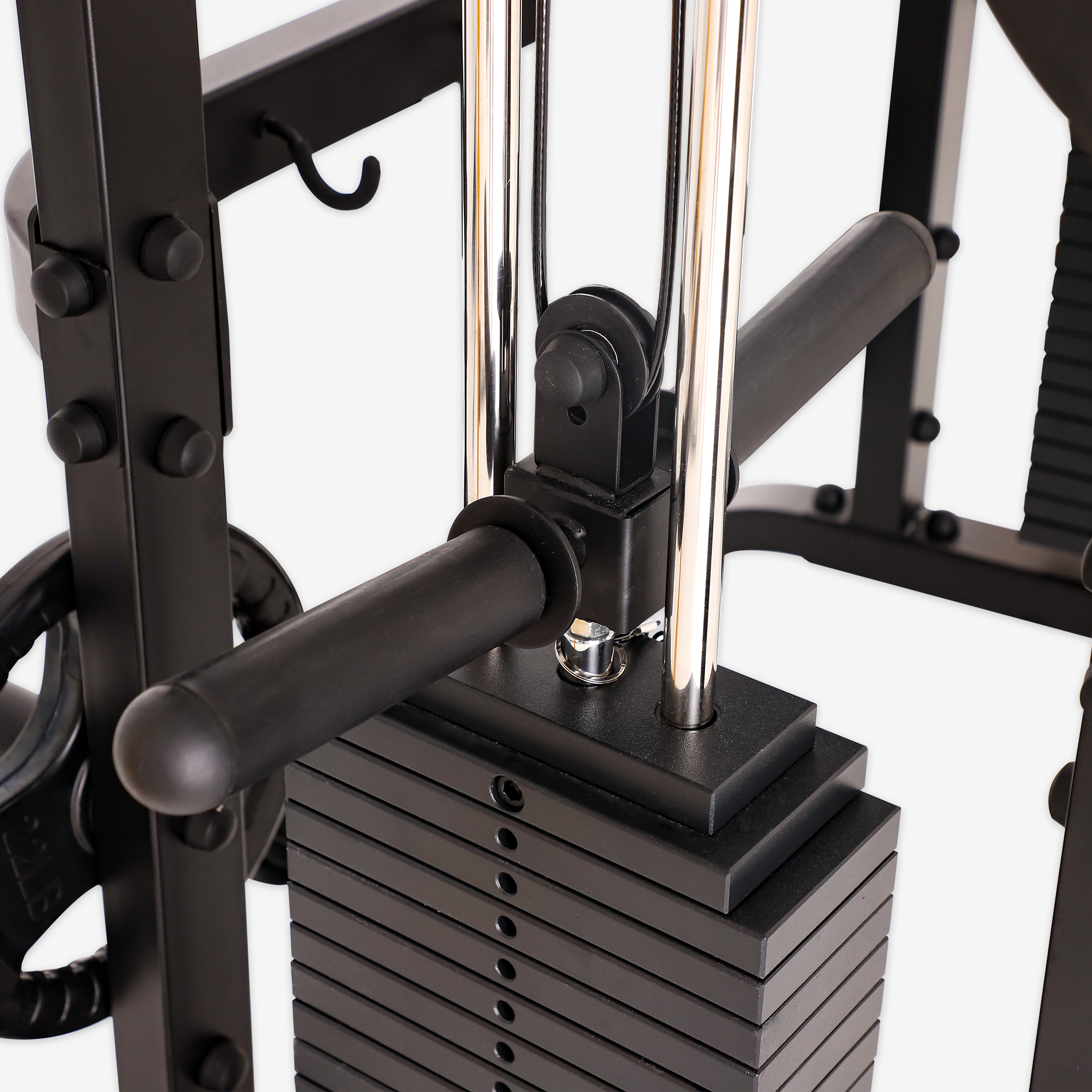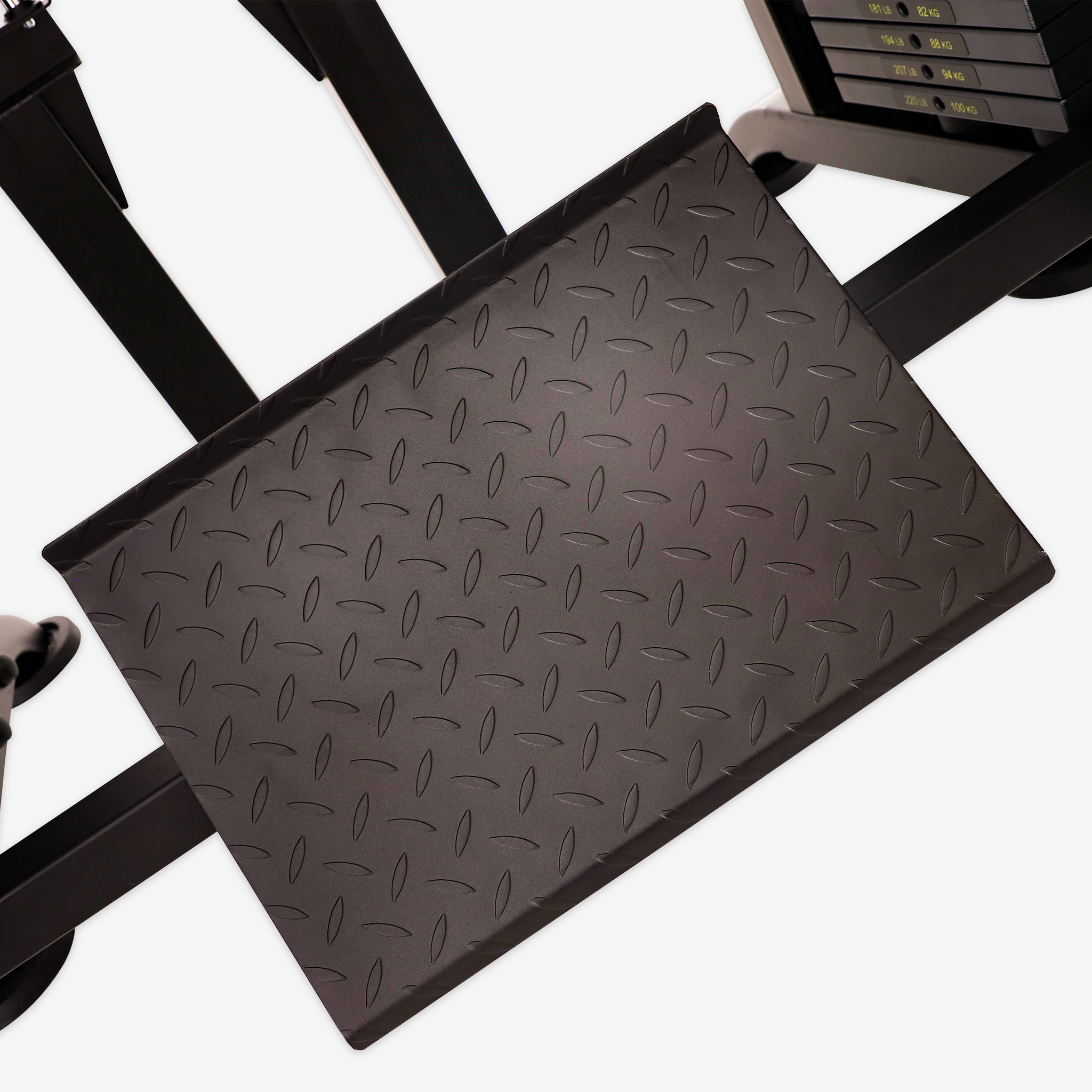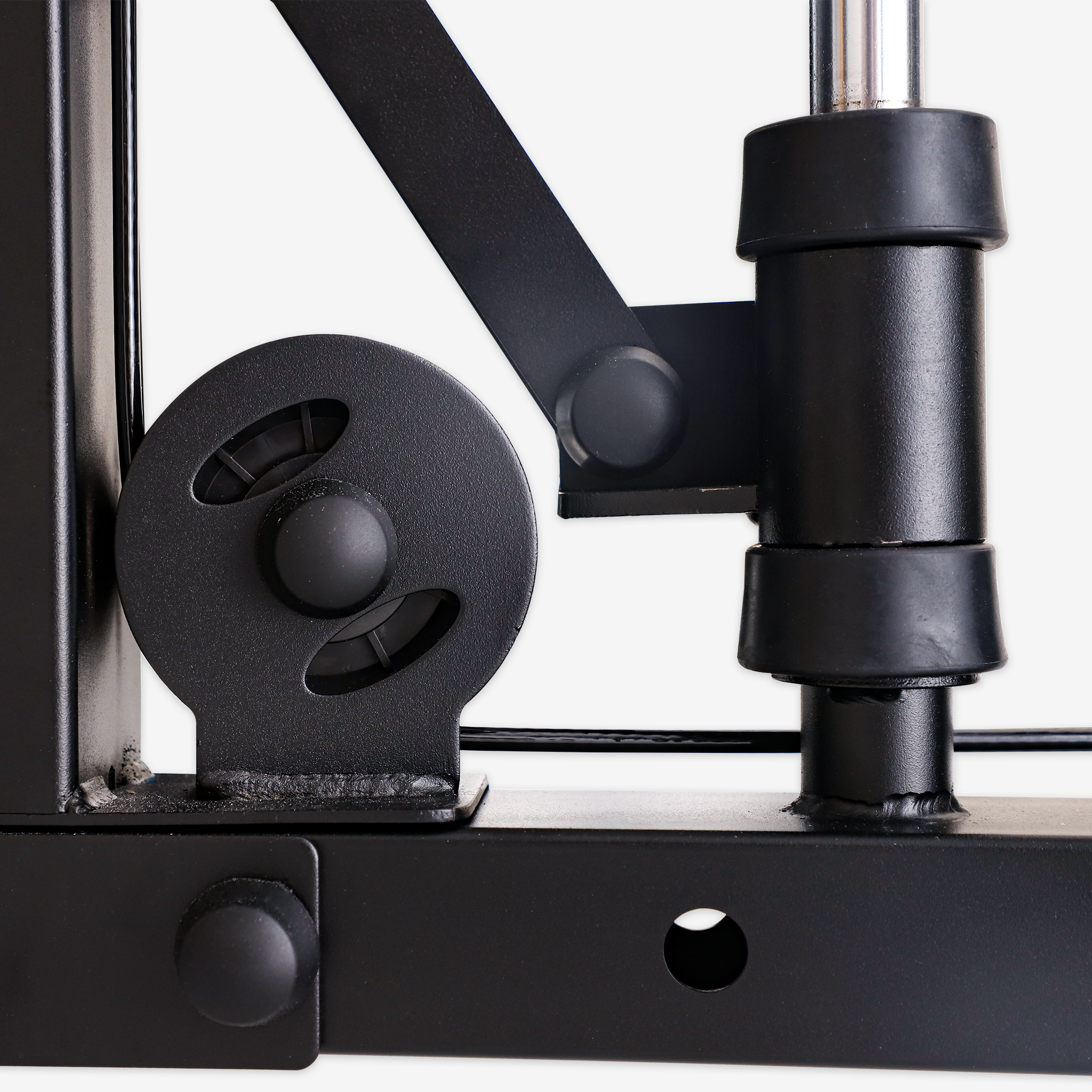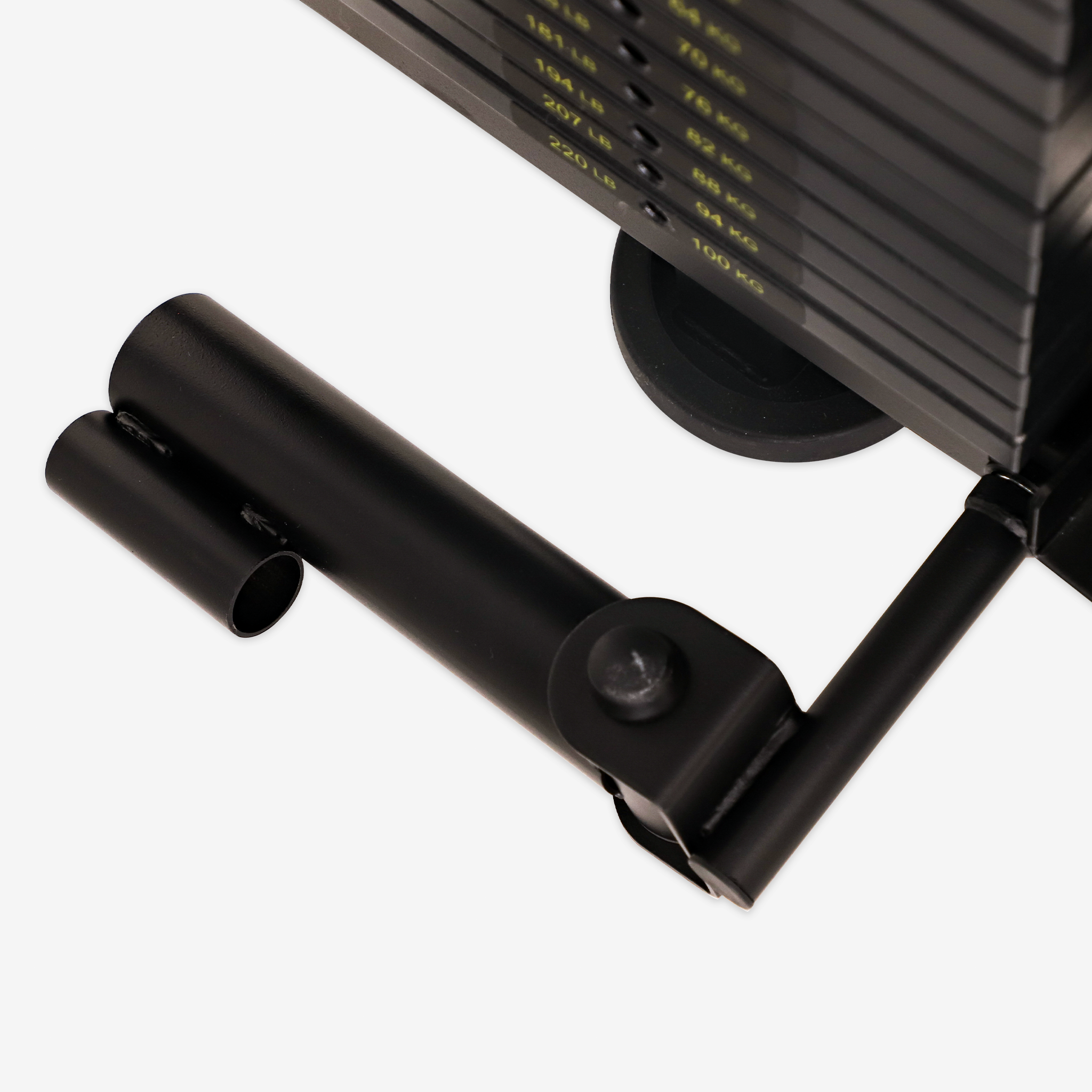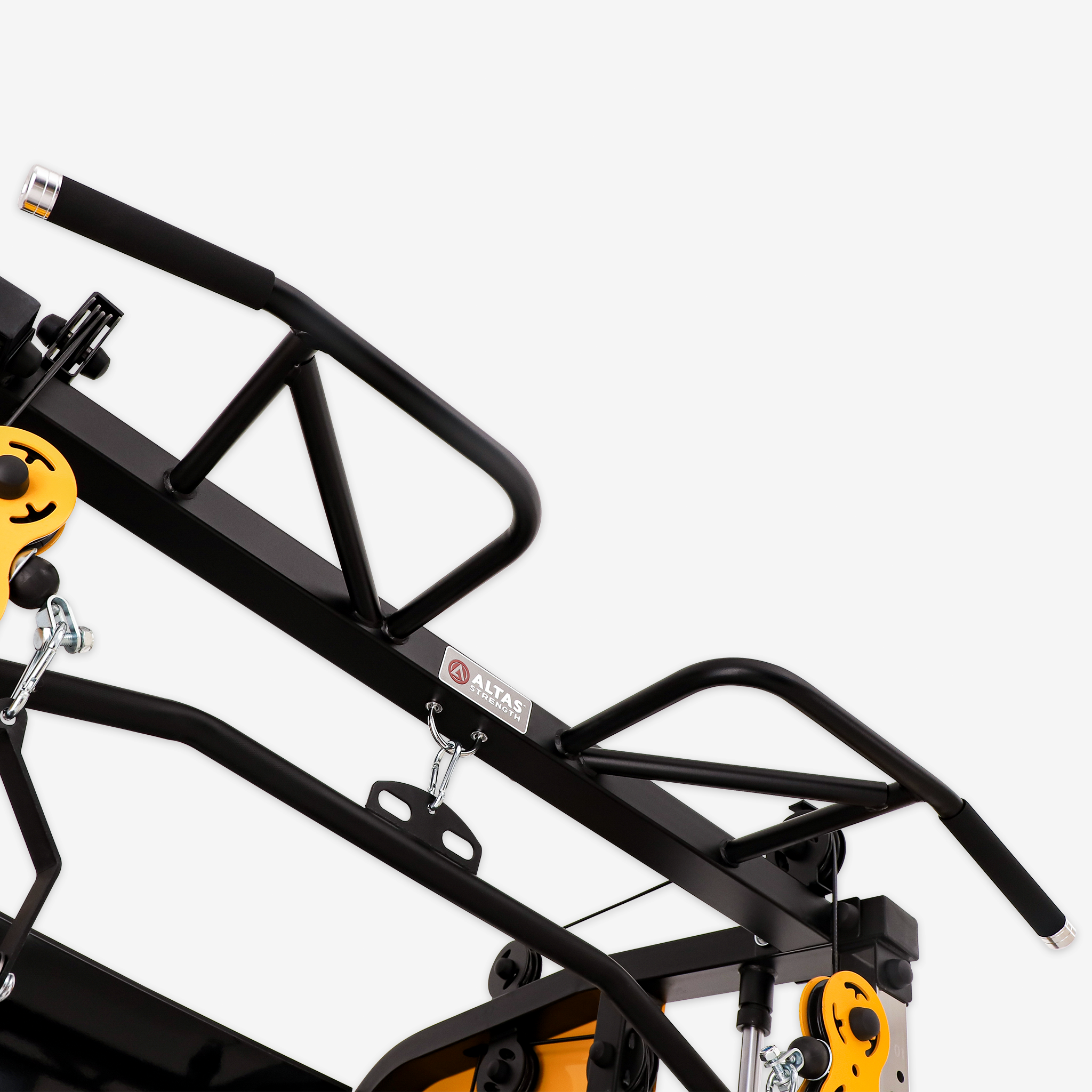In the modern fitness world, the cable machine has become a staple in gyms due to its incredible versatility. Offering a wide range of exercises, it’s capable of targeting nearly every muscle group with precision. This article explores the structure, functions, and benefits of the cable machine, as well as how it can enhance your fitness training.
The Structure of the Cable Machine
A cable machine is a highly adjustable piece of fitness equipment designed for multi-directional exercises. Its main components include:
- Frame: Typically constructed from durable metal, the frame provides stability and safety for the entire machine.
- Pulley System: The heart of the machine, this system allows the cables to change direction, enabling a range of exercises targeting various muscle groups.
- Weight Stack: Located at the base, this stack consists of metal plates that can be adjusted to increase or decrease resistance during exercises.
- Handles and Attachments: These accessories, such as straight bars, ropes, and curl bars, are essential for performing specific exercises and targeting different muscles.
- Adjustable Arms: The adjustable arms allow users to modify the pulley height and angle, enhancing the versatility of the machine for different exercises.
The Functions of the Cable Machine
The cable machine excels in offering comprehensive fitness solutions:
- Holistic Training: It allows for the training of multiple muscle groups, including the chest, back, arms, shoulders, core, and legs, with a single piece of equipment.
- Simulation of Free Weights: The cable machine's pulley system mimics the resistance found in free-weight exercises, improving strength and endurance.
- Balance and Coordination: With its multidirectional resistance, it helps develop balance and coordination, especially in exercises that require core stability.
- Rehabilitation Training: The adjustable resistance is gentle on joints, making the cable machine ideal for rehab exercises and improving muscle function gradually.
Usage Techniques
- Selecting Suitable Weight: Start with a manageable weight, especially for beginners, and gradually increase the resistance as you become stronger.
- Adjusting Pulley Height: Depending on the exercise, adjust the pulley height to target specific muscles effectively. For a chest press, set the pulley at shoulder height.
- Choosing the Right Handles: Pick the appropriate handle for your target muscle group—straight bars for presses, curl bars for pulling exercises, and ropes for functional movements.
- Maintaining Proper Form: Always ensure correct posture during exercises to prevent injuries. Engage your core and keep your body stable.
- Engaging Multiple Muscle Groups: Maximize your workout by using exercises that involve multiple muscle groups, increasing efficiency and results.
Training Effects and Advantages
- Balanced Muscle Development: The cable machine helps ensure balanced development of all muscle groups, reducing the risk of muscle imbalances.
- Enhanced Athletic Performance: By replicating the free weight resistance, it helps improve both muscle strength and endurance, boosting athletic performance.
- Reduced Injury Risk: With its controlled and stable resistance, the cable machine reduces the likelihood of injury compared to traditional free weights.
- Suitable for All Skill Levels: Whether you’re a beginner or an advanced athlete, the cable machine caters to all fitness levels, providing customized workouts.
Common Exercises
- Chest Press: Perform presses using a straight bar to target the chest and shoulders.
- Rowing: Use a curl bar for rowing motions, targeting the back and posterior deltoids.
- Lateral Raises: Perform lateral raises with a straight bar to work the side deltoids.
- Leg Curls: Engage the hamstrings with leg curls using a rope attachment.
- Torso Rotations: Perform torso rotations with a rope to target the core and obliques.
Conclusion
The cable machine is a powerful, versatile tool for achieving balanced muscle development, improving strength, and enhancing athletic performance. Its ability to simulate free-weight exercises, combined with its adjustable resistance, makes it a must-have for any fitness enthusiast. Whether you're training at home or in a gym, the cable machine offers endless exercise possibilities and is a practical addition to any fitness routine.



